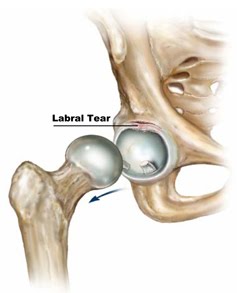Save the Dates! OSS physicians will be speaking about several orthopedic health and information topics from October – December 2013 at Swedish Ballard. Below is a list of dates and times for you to choose from:
October 2, 2013
Dr. Peterson: Joint Replacement: The Right Choice for You? 6-8 p.m. at the Swedish Ballard Campus. Free hip- and knee-replacement seminar. If you have arthritic joint pain and are considering joint replacement, you’ll want to attend this important class. If you have arthritic joint pain and are considering joint replacement, you’ll want to attend this important class. Dr. Peterson will discuss hip- and knee-replacement surgery, as well as the latest in robotic-assisted surgery for those who have advanced arthritis in part of their knee. There will also be a question and answer session with Dr. Peterson.
Find out more and register here!
October 9, 2013
Dr. Weil: Relief from Your Hand and Wrist Pain. 6-8 p.m. at the Swedish Ballard Campus. Learn about treatments for different types of fractures; ways to treat arthritis in the wrist, thumbs and fingers; and how to prevent and treat carpal tunnel syndrome and other overuse conditions.
Find out more and register here!
November 13, 2013
Dr. Reed: Relief from Your Foot and Ankle Pain. 6-8 p.m. at the Swedish Ballard Campus. The foot and ankle are two of the most often under-treated structures of the body. Dr. Reed, who specializes in the care of the foot and ankle will discuss the anatomy and common injuries and disorders of the foot and ankle, and treatment options for the conditions. There will be a question-and-answer session with the surgeon included in the class.
Find out more and register here!
December 4, 2013
Dr. Ruhlman: Relief from Your Hand and Wrist Pain. 6-8 p.m. at the Swedish Ballard Campus. Learn about treatments for different types of fractures; ways to treat arthritis in the wrist, thumbs and fingers; and how to prevent and treat carpal tunnel syndrome and other overuse conditions.

